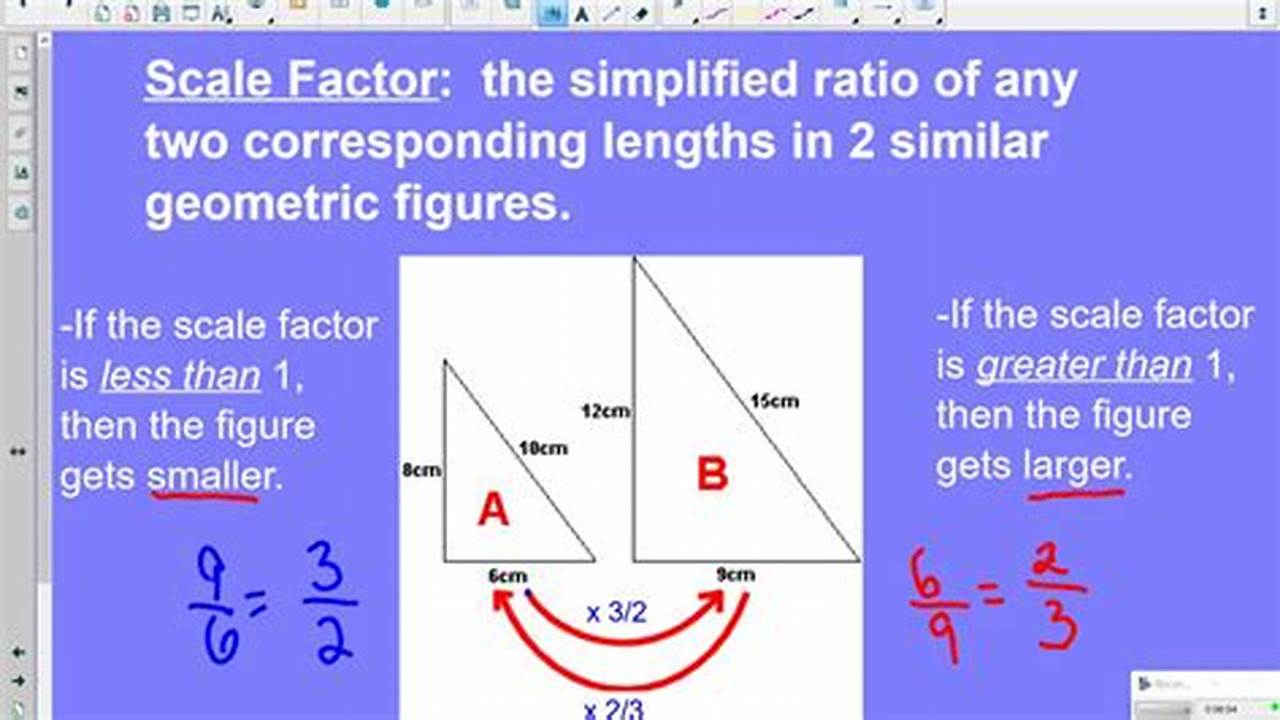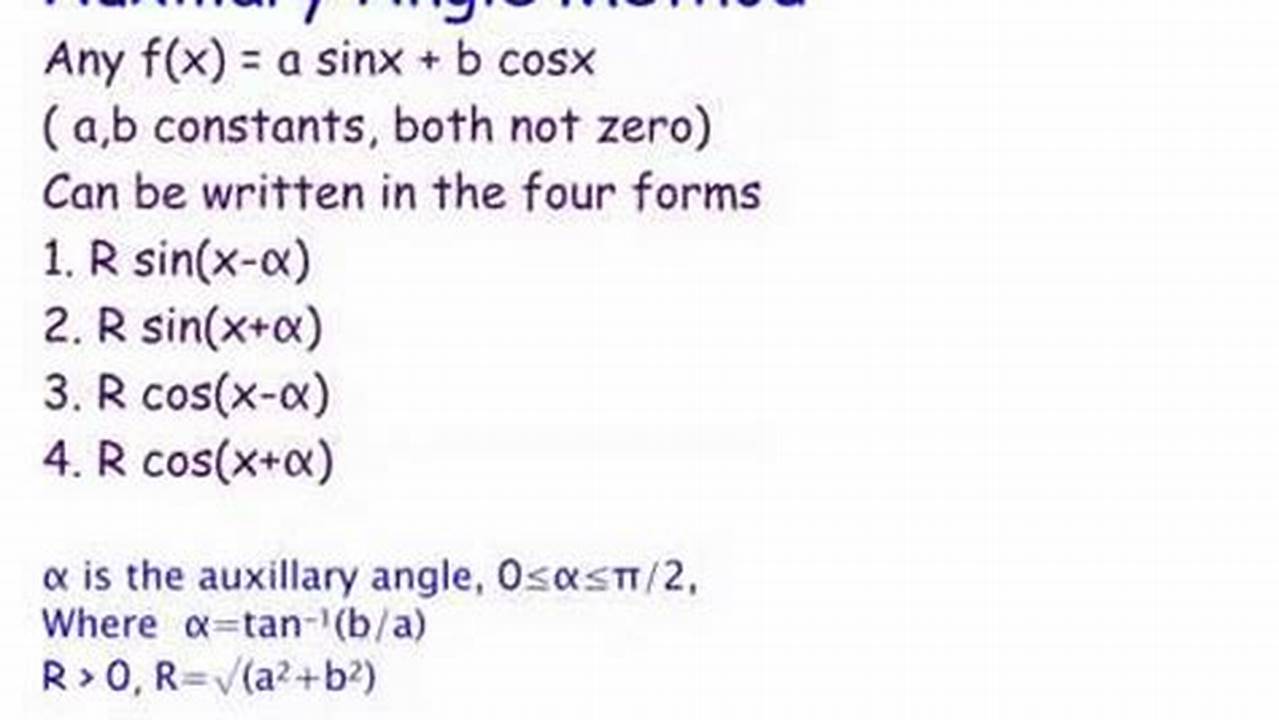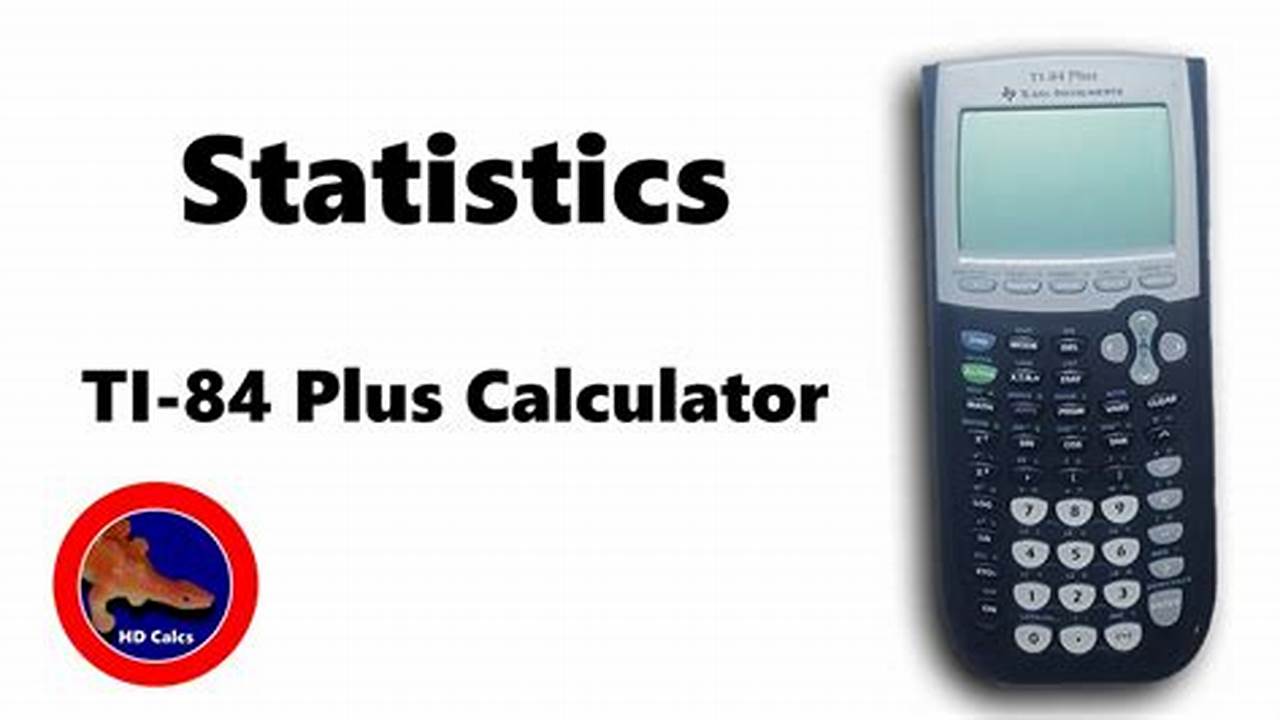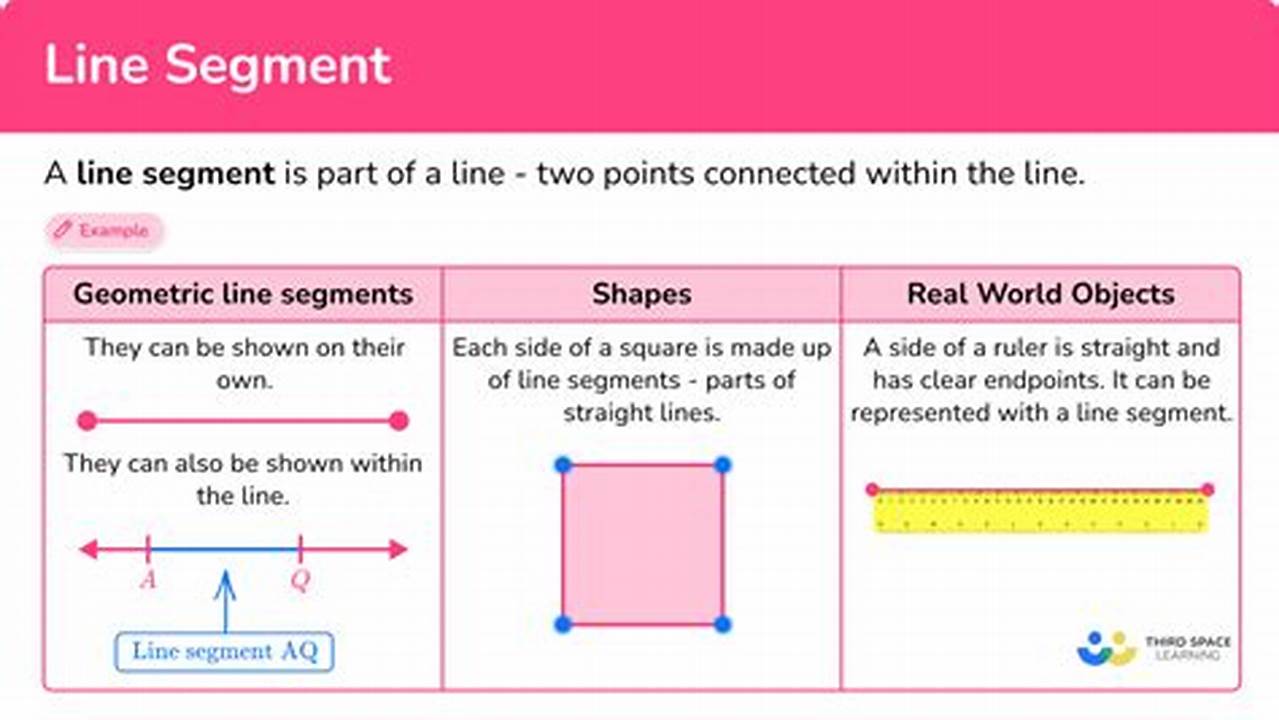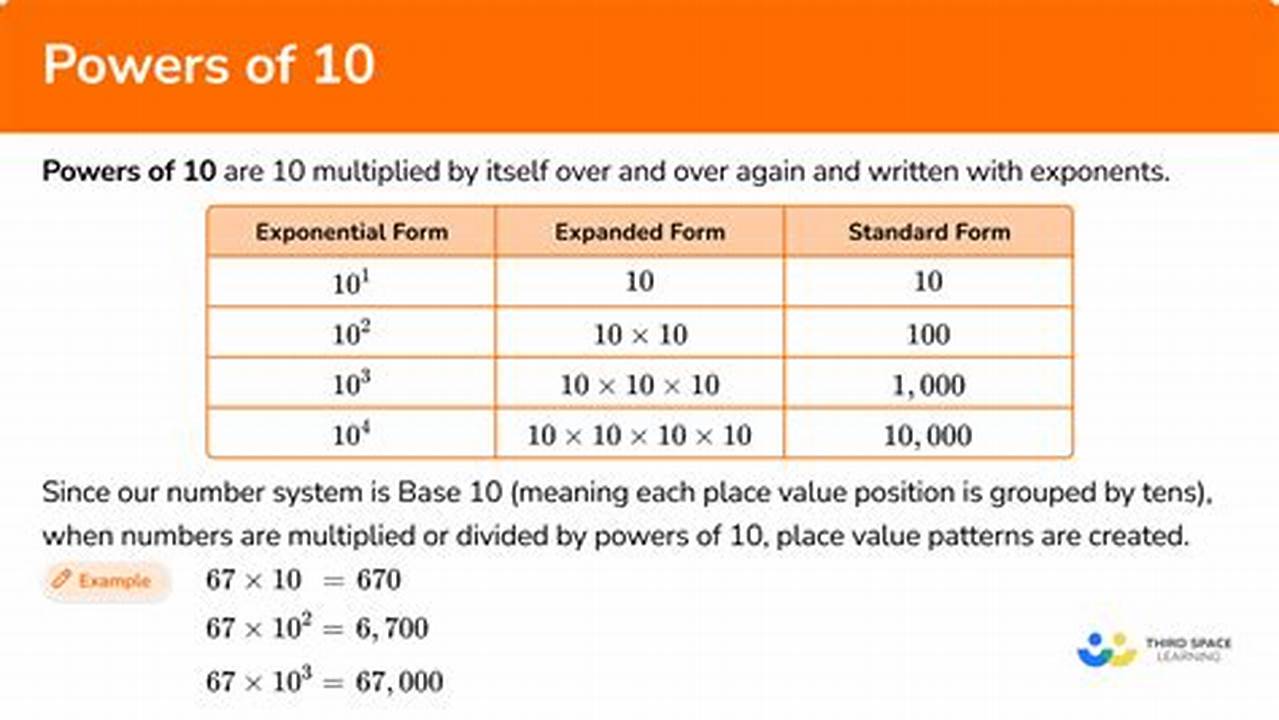
In mathematics, a limit is a value that a function approaches as the input approaches some value. Limits are used to describe the behavior of functions at specific points, and they can also be used to define new functions.One way to find the limit of a function is to use powers of 10. This method is based on the fact that any number can be expressed as a power of 10. For example, the number 100 can be expressed as 10^2, and the number 0.01 can be expressed as 10^-2.To use powers of 10 to find the limit of a function, we first need to determine the limit of the function as the input approaches infinity. This can be done by rewriting the function in terms of powers of 10 and then taking the limit as the exponent approaches infinity.Once we have determined the limit of the function as the input approaches infinity, we can use this information to find the limit of the function at any specific point. To do this, we simply plug the specific point into the expression for the limit as the input approaches infinity.
Using powers of 10 to find the limit of a function is a powerful technique that can be used to solve a wide variety of problems. This method is particularly useful for finding the limits of functions that have complicated expressions or that are defined over an infinite interval.
